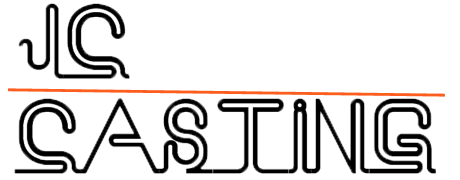1. Basic Introduction of X-Ray Testing in Investment Casting
X-Ray testing is one of the best non-destructive inspection methods for detecting internal defects of castings.
In this method, the tested product is exposed under x-ray radiation. Parts of the radiation are absorbed by the product, and the remaining portion of the radiation exposes the radiographic film. Dense material withstands the radiation penetration, so the film is exposed to a lesser degree in those areas, giving the film a lighter appearance. Less dense materials allow more penetration and correlates to darker areas on the film. Any hole, crack or inclusion that is less dense than the casting alloy is revealed as a dark area. X-Ray testing is able to find internal defects of investment casting product including gas porosity and gas holes, shrinkage which appears as dendrite/filamentary/ jagged, cracks and so on.
2. What are Advantages & Disadvantages of Ultrasonic Inspection?
Advantages:
X-ray imaging is intuitive and the photographic film can be preserved for a long time.
X-Ray testing has high sensitivity as non-destructive inspection of thin-walled casting parts.
X-ray testing has no strict requirements on the surface finish quality of the steel casting parts.
X-ray testing results have little difference among various materials. Thus X-ray testing can be used for internal defect detection of various materials.
Disadvantages:
X-ray testing is not sensitive to the planar defects.
X-ray testing has low sensitivity as detection of thick-wall casting products.
X-ray is harmful to inspectors, and the cost of protection is high.
Both the X-ray testing and testing equipment are expensive compared to other defect inspection methods.
